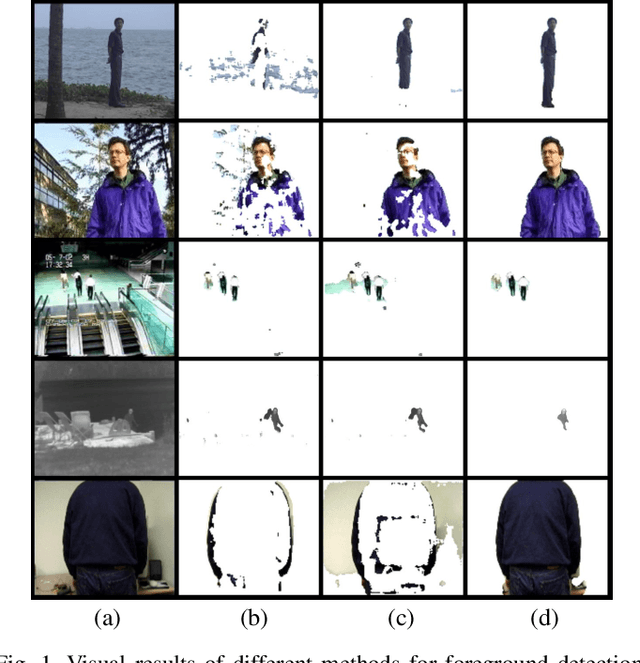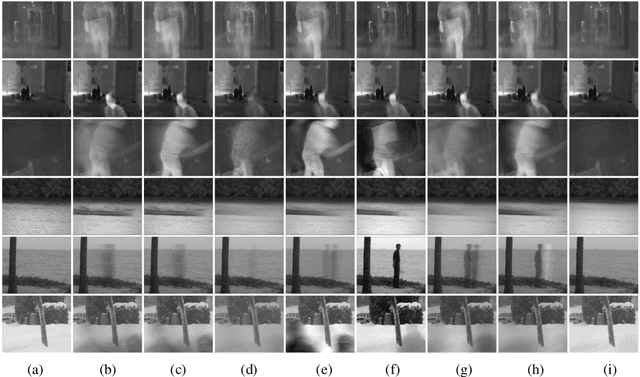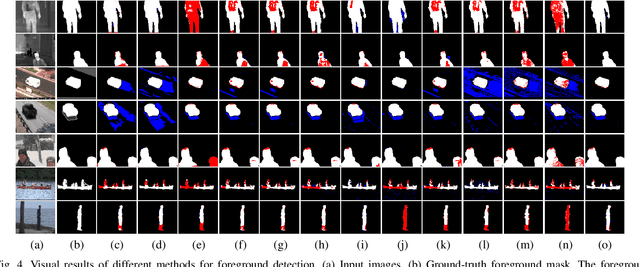Yifei Pu
HOBBIT: A Mixed Precision Expert Offloading System for Fast MoE Inference
Nov 03, 2024Abstract:The Mixture-of-Experts (MoE) architecture has demonstrated significant advantages in the era of Large Language Models (LLMs), offering enhanced capabilities with reduced inference costs. However, deploying MoE-based LLMs on memoryconstrained edge devices remains challenging due to their substantial memory requirements. While existing expertoffloading methods alleviate the memory requirements, they often incur significant expert-loading costs or compromise model accuracy. We present HOBBIT, a mixed precision expert offloading system to enable flexible and efficient MoE inference. Our key insight is that dynamically replacing less critical cache-miss experts with low precision versions can substantially reduce expert-loading latency while preserving model accuracy. HOBBIT introduces three innovative techniques that map the natural hierarchy of MoE computation: (1) a token-level dynamic expert loading mechanism, (2) a layer-level adaptive expert prefetching technique, and (3) a sequence-level multidimensional expert caching policy. These innovations fully leverage the benefits of mixedprecision expert inference. By implementing HOBBIT on top of the renowned LLM inference framework Llama.cpp, we evaluate its performance across different edge devices with representative MoE models. The results demonstrate that HOBBIT achieves up to a 9.93x speedup in decoding compared to state-of-the-art MoE offloading systems.
Hyper RPCA: Joint Maximum Correntropy Criterion and Laplacian Scale Mixture Modeling On-the-Fly for Moving Object Detection
Jun 14, 2020



Abstract:Moving object detection is critical for automated video analysis in many vision-related tasks, such as surveillance tracking, video compression coding, etc. Robust Principal Component Analysis (RPCA), as one of the most popular moving object modelling methods, aims to separate the temporally varying (i.e., moving) foreground objects from the static background in video, assuming the background frames to be low-rank while the foreground to be spatially sparse. Classic RPCA imposes sparsity of the foreground component using l1-norm, and minimizes the modeling error via 2-norm. We show that such assumptions can be too restrictive in practice, which limits the effectiveness of the classic RPCA, especially when processing videos with dynamic background, camera jitter, camouflaged moving object, etc. In this paper, we propose a novel RPCA-based model, called Hyper RPCA, to detect moving objects on the fly. Different from classic RPCA, the proposed Hyper RPCA jointly applies the maximum correntropy criterion (MCC) for the modeling error, and Laplacian scale mixture (LSM) model for foreground objects. Extensive experiments have been conducted, and the results demonstrate that the proposed Hyper RPCA has competitive performance for foreground detection to the state-of-the-art algorithms on several well-known benchmark datasets.
 Add to Chrome
Add to Chrome Add to Firefox
Add to Firefox Add to Edge
Add to Edge